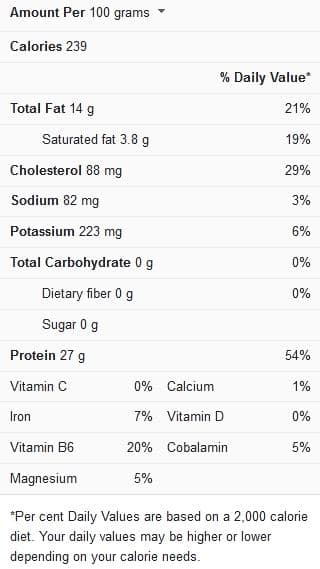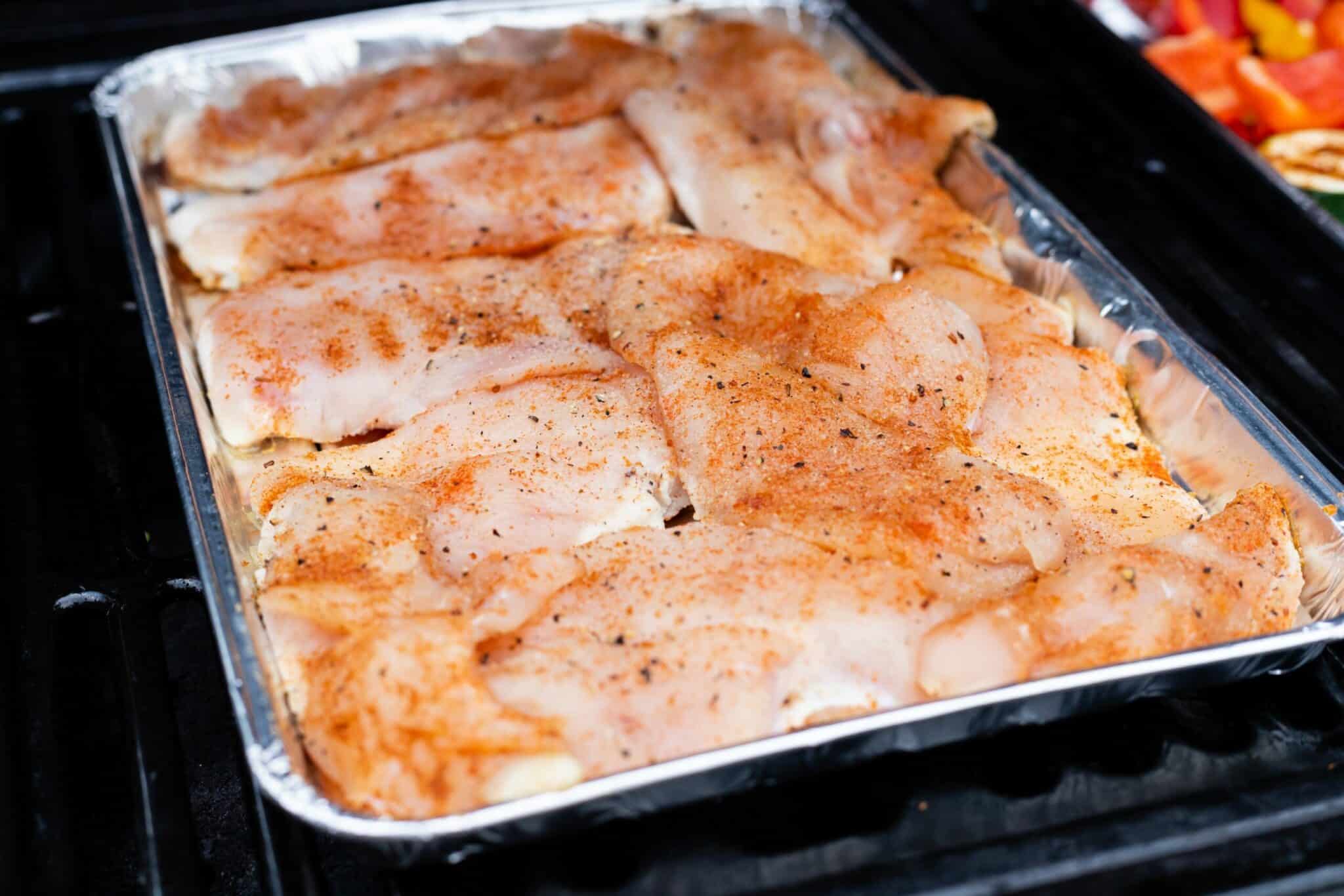Updated on December 21st, 2023
The intricacies surrounding cooking chicken types can be overwhelming. Picture this; you’ve just upped your game on knowing how to time breaded chicken breasts on the stove and perfected your fried bone-in drumstick game. But here comes another challenge; boneless chicken thighs in the oven. And you feel things couldn’t be worse.
But don’t feel down because it’s not as complicated as you think. Anyone can master the cooking time for oven-roasted chicken legs, and it’s even easier when it’s boneless. And here, we’ve offered a few handy guidelines, including tips concerning the cooking procedures as well.
Chicken Nutrition Facts

Tips for Oven Boneless Chicken Thighs
The duration for oven-cooked boneless chicken thighs is relatively easy. But other factors need to be checked if you want the recipe to come out splendid. Timing alone isn’t enough to ensure a successful result, and a lot could go wrong if you’re not sure about what you’re doing.
Size
Smaller chicken thighs will cook faster as their density isn’t so thick. But larger chicken thighs will need more time in the oven. And as a rule, the size of the boneless chicken thigh can also determine the best temperature to cook it.
Skin-On or Skinless?
Most oven-cooked boneless chicken recipes use skinless thighs, and many have adopted this method without question. But you should know why the choice between having the chicken thigh skin on or off exists.
The reason is the skin is rich in fat, so many remove it from the thighs to reduce the fatty content in the recipe. But while such is also a good thing, it means you lose out on extra moisture, as the fat from skin-on thighs melts into the tissues.
So, when choosing boneless, skinless chicken thighs for oven cooking, remember that they can dry out quickly. And while the skin-on option crisps better under the broiler, it also offers higher calories due to its fatty content.
View this post on Instagram
Alone or with Vegetables?
The duration set can always be maintained when cooking boneless chicken thighs in the oven alone. But once you’re adding any extra ingredients to the tray, it may mess with the final doneness time. Still, you can do it if the veggies are soft-textured, like broccoli or skinny asparagus. And options like potatoes should be cooked separately, before or after the chicken has been prepared.
When adding soft vegetables with boneless chicken thighs, note their cooking time. Also, skin-on chicken thighs emit more juice, which may soften the vegetables faster, so they’ll need to be taken out before the rest is ready. But for skinless options, the fat juices are minimal so that you can roast the vegetables along with it to full doneness.
Soft or Crisp?
Boneless Chicken thighs need to cook to a specific temperature before being considered safe to eat. But even at this time, you may want more crispiness on the exterior, whether it’s with or without skin. So, note that the meat may need to stay a bit longer in the oven for such extra features. But, of course, the additional time should be somewhat insignificant, so it doesn’t overcook.
Oven Temperature
As a rule, boneless chicken thighs cook faster, regardless of the temperature. But when cooked at a lower heat, it takes longer to be ready. The reason is simple; a hotter oven means the chicken cooks faster. But, the maximum heat has a limit, at which anymore will only speed-cook the exterior, leaving the insides still raw.
Also, smaller chicken thighs cook faster at higher temperatures. But for large pieces of boneless thighs, you’ll need a moderate temperature that ensures even cooking in and out.
Oven Time for Boneless Chicken Thighs
Noting the numerous factors to consider for boneless oven-roasted chicken thighs, you may fear its requirements are alarming. But it isn’t, as a sweet temperature spot has been picked to sort all the issues in one swoop. Most experts, including us, suggest cooking boneless chicken thighs in the oven at 375F to 400F. And at this temperature, it’ll take around 20 minutes before the internal temperature reaches 165F.
View this post on Instagram
More Tips
- Use a simple salt and pepper mix for your boneless chicken thighs. It creates a basic flavor template that blends with any other recipe.
- Don’t rub the chicken thighs with oil, as they have enough moisture to cook the surface.
- Upon doneness, let the roasted thighs rest for five to 10 minutes before serving, allowing the juices to be reabsorbed in the tissues.
Oven-Roasted Chicken Thighs (6 Servings)
Ingredients
- Eight chicken thighs; boneless, skinless
- One teaspoon paprika
- One teaspoon garlic powder
- One teaspoon onion powder
- Half teaspoon black pepper
- Half teaspoon salt
Instructions
- Prepare the oven to heat to 400F, and during the wait, cover a baking tray with parchment paper.
- Mix the spices and massage it all over the chicken thighs. Then, place them on the bottom side down on the baking tray.
- Roast for 12 minutes, then turn the thighs and roast again for another eight minutes. Bring them down when they read 165F on a meat thermometer.
- Rest the boneless chicken thighs for five to 10 minutes before serving.
For more on the techniques and cooking methods, do watch this video.

